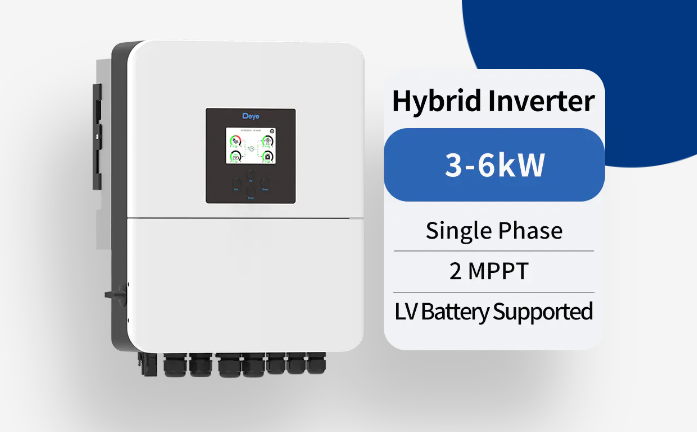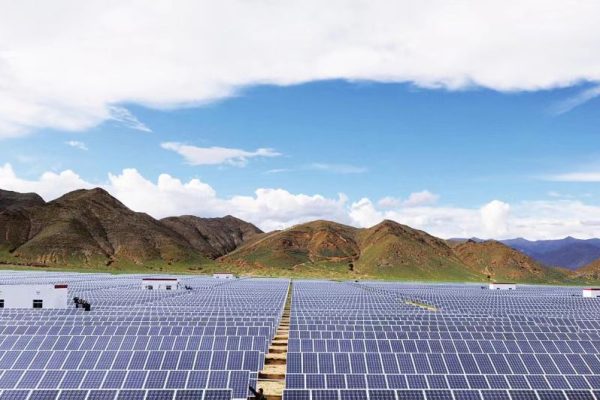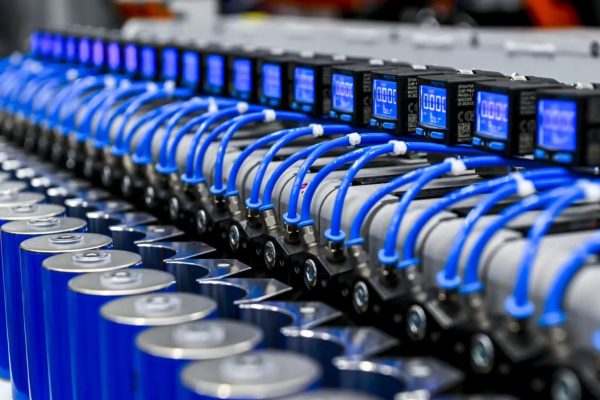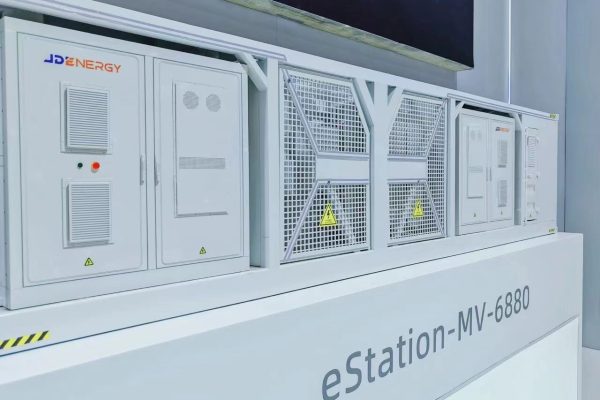As distributed solar and energy storage solutions gain momentum, small-scale PV projects—such as residential rooftops, commercial buildings, farms, and small factories—are turning to hybrid inverters as the core component of modern energy systems. But how do you choose the right hybrid inverter for your needs? In this guide, we’ll explore key decision factors, technical considerations, and practical advice from a technical trading partner’s perspective—designed to help system integrators, EPCs, and importers make confident procurement decisions.
✅ What Is a Hybrid Inverter?
A hybrid inverter combines the functions of a solar inverter (converting DC from PV panels to AC for loads or the grid) and a battery inverter (managing charging/discharging of batteries). It allows seamless integration of PV + battery systems, enabling self-consumption, backup power, and grid interaction—ideal for users looking to maximize solar utilization and gain energy independence.
Key SEO Phrase: “hybrid inverter for solar battery system”
✅ Why Small-Scale PV Projects Need Hybrid Inverters
For 3kW to 50kW scale projects—common in residential, small commercial, and rural electrification markets—hybrid inverters simplify system architecture by reducing component count and enabling intelligent load management. Benefits include:
- Reduced installation cost
- Flexible energy flow control (PV → Load / Battery / Grid)
- Grid independence or backup support
- Monitoring and smart energy scheduling
✅ Key Considerations When Choosing a Hybrid Inverter
1. Rated Power Output (kW)
Start by analyzing your load demand. For small-scale projects:
- Residential: 3kW–10kW
- Small Commercial or Farms: 10kW–30kW
- Light Industrial or Mini-Grids: 30kW–50kW
Oversizing an inverter increases cost without benefit, while undersizing can create overload risks. A rule of thumb: select inverter output at 1.2× peak load, and always verify continuous vs. peak output specs.
2. PV Input Characteristics
Key parameters to review:
- Maximum PV input voltage (Voc max): Make sure it suits your local climate conditions (cold = higher voltage).
- MPPT tracking range: The wider, the better for capturing low-light or variable weather energy.
- Number of MPPTs: More MPPTs = better control of multiple PV orientations (e.g., east-west roofs).
Example: For a 10kW rooftop with east-west panels, a 2-MPPT hybrid inverter is ideal.
3. Battery Compatibility
Confirm what battery types the inverter supports:
- Lead-acid or Li-ion?
- 48V vs. high-voltage (>100V)?
- BMS communication (CAN/RS485) support?
Look for “certified compatibility” with major battery brands or open BMS protocol (e.g., Pylontech, BYD, or custom packs).
4. AC Output & Grid Functions
Important for grid-tied or backup functionality:
- Single-phase or three-phase?
- Pure sine wave output?
- Grid export control (zero-export, limited-export)?
- Anti-islanding protection?
For commercial use, three-phase hybrid inverters (10–50kW) with full grid support are essential.
5. Backup Capability (EPS or UPS)
Many hybrid inverters offer Emergency Power Supply (EPS) ports:
- Transfer time <20ms = usable for computers, lighting
- Some inverters support full-load backup, others only partial circuits
- If blackout resilience is critical, select a model with true UPS features
Tip: Clearly understand “on-grid with backup” vs. “off-grid-capable” modes.
6. Monitoring & Remote Control
Modern hybrid inverters come with:
- Wi-Fi or 4G modules
- Mobile apps or web dashboards
- Cloud-based EMS support
Ask if the monitoring system allows multi-site management, role-based access, or open API for integrations.
7. Cooling & Environmental Protection
For hot regions, consider:
- Natural cooling vs. forced-air (fan)
- IP rating (IP65+ for outdoor use)
- Temperature derating curves—performance may drop above 45°C
If installing outdoors, ensure the inverter can survive dust, rain, and temperature fluctuations.
8. Certifications & Compliance
To comply with local and international standards, verify:
- Grid codes: CEI 0-21, VDE AR-N 4105, G99, UL 1741, NRS 097, etc.
- Safety: CE, IEC 62109, RoHS
- Battery integration certifications (e.g., UN38.3)
Bonus Tip for Traders: If you plan to export to multiple regions, choose multi-country certified brands to simplify customs and project approval.
✅ Technical vs. Commercial Considerations in Procurement
While features and specs are essential, don’t forget the following business-side factors:
✅ Availability & Lead Time
Hybrid inverters are often in short supply. Check stock levels and factory capacity if you need quick turnaround.
✅ Documentation & After-Sales Support
Ensure the supplier offers:
- English manuals
- Wiring diagrams
- Firmware updates
- Remote support in case of installation issues
✅ MOQ & Order Flexibility
If you’re a small project integrator, choose brands that support mixed-model container loads or small-batch shipments.
✅ Trusted Brands vs. OEM Inverters: What to Choose?
Hybrid inverters come from major brands and emerging OEMs. Both have pros and cons:
| Type | Pros | Cons |
|---|---|---|
| Top Brands | Certified, reliable, strong support | Expensive, slower lead time |
| OEM Models | Flexible MOQ, fast shipping, customizable | Support varies, needs technical screening |
As a technical sourcing agent, we help clients screen OEM factories, ensure specs match real-world needs, and handle post-sale tech issues—bridging the gap between price and reliability.
✅ Recommended Use Cases (Real Project Sizes)
| Project Type | Suggested Hybrid Inverter Size |
|---|---|
| Rooftop Home | 5kW–10kW single-phase |
| Small Shop or Office | 10kW–15kW |
| Farm with Workshop | 15kW–30kW three-phase |
| Rural Microgrid | 30kW–50kW parallel hybrid |
✅ Conclusion: Think Technically, Procure Smartly
Choosing the right hybrid inverter is not just a matter of watts and volts—it’s about understanding the load profile, environmental conditions, integration goals, and long-term usability. For traders, installers, and project owners, partnering with a technically capable sourcing team ensures not only competitive pricing but also fewer surprises during installation and operation.
Whether you’re sourcing 5 units or 500, a well-chosen hybrid inverter becomes the heart of a stable, intelligent, and cost-effective PV + storage system.
📌 Need Help Sourcing the Right Hybrid Inverter?
We specialize in matching small- and medium-size projects with the right inverter + battery systems, offering technical validation, mixed-batch supply, and fast pre-sales support.
👉 Contact us to get a quotation or project suggestion within 24 hours.









